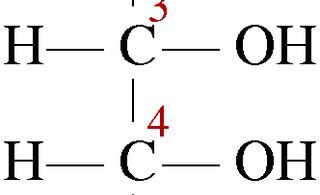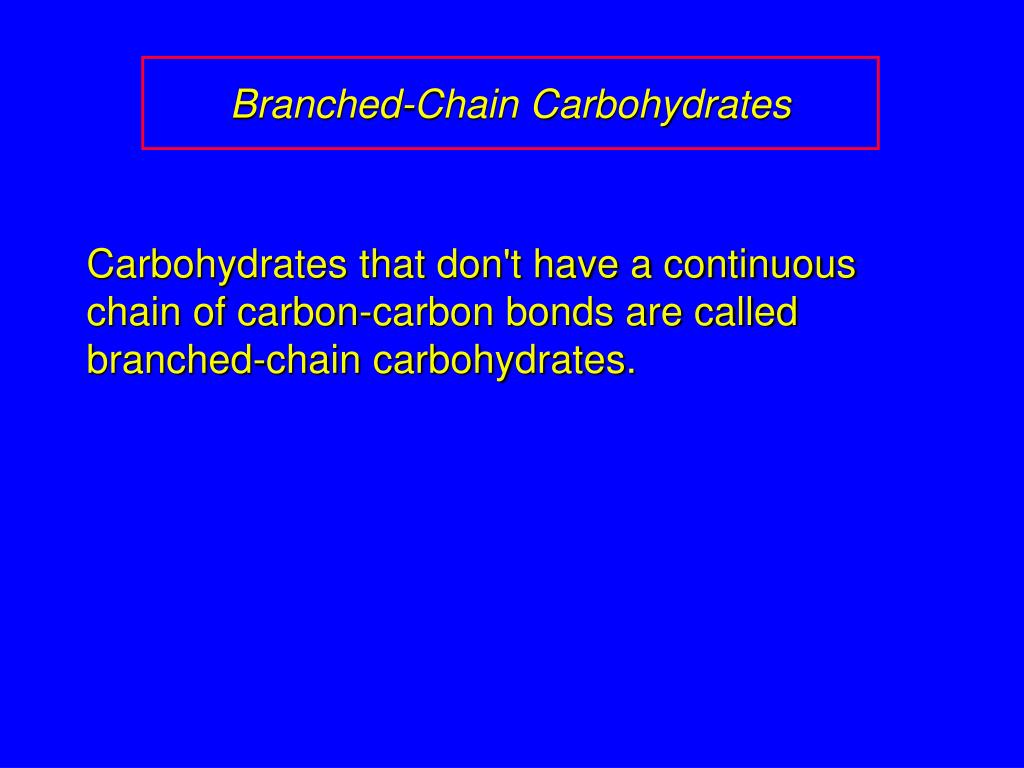Aldose vs Ketose: Key Differences Explained

Understanding the difference between aldose and ketose is essential for anyone studying carbohydrates or biochemistry. These two types of monosaccharides play crucial roles in biological processes, but they differ in structure, properties, and functions. Whether you're a student, researcher, or simply curious about the science behind sugars, this guide will break down the key differences in an easy-to-understand manner. (Aldose vs Ketose, Monosaccharides, Carbohydrates)
What Are Aldose and Ketose?

Both aldose and ketose are types of monosaccharides, the simplest form of carbohydrates. They serve as building blocks for more complex sugars and are vital for energy storage and metabolism. However, their structural differences lead to distinct chemical behaviors and biological roles. (Monosaccharides, Carbohydrate Structure, Biological Roles)
Structural Differences
Aldose contains an aldehyde group (-CHO) at one end of its carbon chain, while ketose has a ketone group (-CO-) within the carbon chain. This fundamental difference affects their reactivity and how they interact with other molecules. (Aldose Structure, Ketose Structure, Functional Groups)
| Feature | Aldose | Ketose |
|---|---|---|
| Functional Group | Aldehyde (-CHO) | Ketone (-CO-) |
| Position of Functional Group | Terminal carbon | Internal carbon |
| Examples | Glucose, Ribose | Fructose, Ribulose |

Chemical Properties and Reactions

The presence of an aldehyde or ketone group influences how these sugars react in chemical processes. For instance, aldoses can undergo oxidation more readily than ketoses due to the terminal position of the aldehyde group. (Chemical Reactions, Oxidation, Reduction)
Biological Significance
In biological systems, glucose (an aldose) is a primary energy source, while fructose (a ketose) is commonly found in fruits and honey. Understanding these differences is crucial for fields like nutrition, medicine, and biotechnology. (Biological Roles, Energy Metabolism, Nutrition)
📌 Note: While both aldose and ketose are monosaccharides, their distinct structures lead to different roles in biological and chemical processes.
In summary, the key differences between aldose and ketose lie in their functional groups, reactivity, and biological roles. Aldoses have an aldehyde group, while ketoses have a ketone group, influencing their behavior in various contexts. Whether you're exploring biochemistry or simply curious about sugars, understanding these distinctions is invaluable. (Aldose vs Ketose, Functional Groups, Biological Roles)
What is the main difference between aldose and ketose?
+
The main difference lies in their functional groups: aldose has an aldehyde group (-CHO), while ketose has a ketone group (-CO-). (Aldose vs Ketose, Functional Groups)
Can aldose and ketose interconvert?
+
Yes, under certain conditions, aldose and ketose can interconvert through processes like isomerization, often catalyzed by enzymes. (Isomerization, Enzymatic Reactions)
Why is glucose classified as an aldose?
+
Glucose is classified as an aldose because it contains an aldehyde group (-CHO) at the end of its carbon chain. (Glucose Structure, Aldose Classification)



